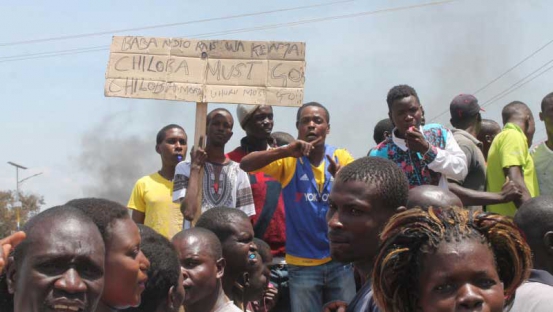×
The Standard e-Paper
Smart Minds Choose Us

The International Monetary Fund (IMF) has cut Kenya’s economic growth forecast for the second time, pointing to the country’s hard times.
In its World Economic Outlook, October 2017, the IMF expects the economy to grow by five per cent in 2017, slightly lower than their projected growth of 5.3 per cent in April.